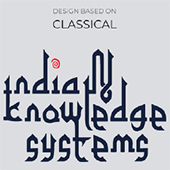The workbooks for the students can be found at this link.....>>> Since the subject of design is unlike a conventional subject like Science or Maths where there are fixed answers, evaluation can be a bit challenging. There can be a wide range of student responses without any one correct answer, and the evaluator might judge the results based heavily on subjective interpretation. The vast scale of CBSE schools pan India makes the problem even more complex. To prevent this and to make the evaluation fair for all students, it is of utmost importance to highlight detailed assessment rubrics for each exercise. The Design Thinking Curriculum proposes a grade based assessment, in which fulfilment of individual rubrics would result in the corresponding grade (see Figure 27).

Figure 27: Evaluation Rubrics
The grades are designed in such a way as to encourage all the students to perform better (see Figure 28).

Figure 28: Grade assignment for evaluation
For the purpose of this course, each exercise has been accompanied with clearly laid down rubrics, as can be seen in Table 2. The evaluators are expected to award the grades based on the criteria given in the corresponding rubrics. The evaluation matrix can also be found at this link.....>>>.

